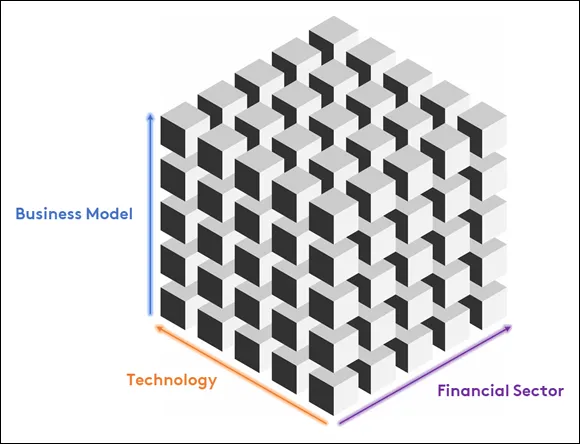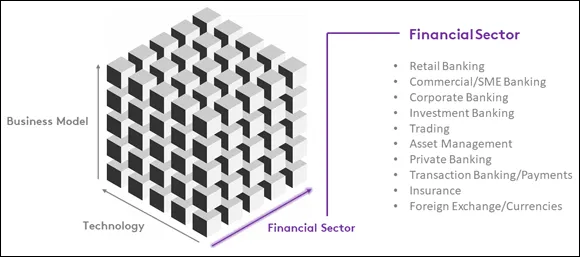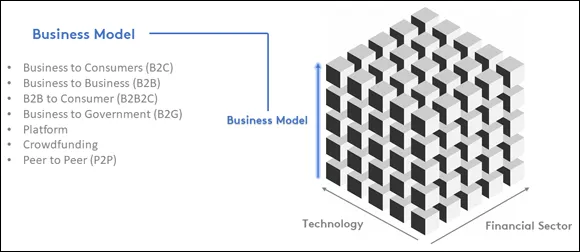
eBook - ePub
FinTech For Dummies
Steven O'Hanlon, Susanne Chishti, Brendan Bradley, James Jockle, Dawn Patrick
This is a test
Compartir libro
- English
- ePUB (apto para móviles)
- Disponible en iOS y Android
eBook - ePub
FinTech For Dummies
Steven O'Hanlon, Susanne Chishti, Brendan Bradley, James Jockle, Dawn Patrick
Detalles del libro
Vista previa del libro
Índice
Citas
Información del libro
Examine the depth and breadth of financial technology This comprehensive, hands-on guide is the go-to source for everything you need to confidently navigate the ever-changing scene of this booming industry. FinTech For Dummies will shed light on this rapidly changing landscape making it an invaluable source of information for anybody working in or interested in this space. This book provides insights, knowledge and guidance from industry experts Steve O'Hanlon and Susanne Chishti on the following:
- Gaining insight fastest growing market segment of the financial markets
- Learning the core decision making to effect a growth plan
- Securing knowledge of the fastest growing fintech companies in the world
- Navigating the fintech world
- The ingredients into building a FinTech company
Preguntas frecuentes
¿Cómo cancelo mi suscripción?
¿Cómo descargo los libros?
Por el momento, todos nuestros libros ePub adaptables a dispositivos móviles se pueden descargar a través de la aplicación. La mayor parte de nuestros PDF también se puede descargar y ya estamos trabajando para que el resto también sea descargable. Obtén más información aquí.
¿En qué se diferencian los planes de precios?
Ambos planes te permiten acceder por completo a la biblioteca y a todas las funciones de Perlego. Las únicas diferencias son el precio y el período de suscripción: con el plan anual ahorrarás en torno a un 30 % en comparación con 12 meses de un plan mensual.
¿Qué es Perlego?
Somos un servicio de suscripción de libros de texto en línea que te permite acceder a toda una biblioteca en línea por menos de lo que cuesta un libro al mes. Con más de un millón de libros sobre más de 1000 categorías, ¡tenemos todo lo que necesitas! Obtén más información aquí.
¿Perlego ofrece la función de texto a voz?
Busca el símbolo de lectura en voz alta en tu próximo libro para ver si puedes escucharlo. La herramienta de lectura en voz alta lee el texto en voz alta por ti, resaltando el texto a medida que se lee. Puedes pausarla, acelerarla y ralentizarla. Obtén más información aquí.
¿Es FinTech For Dummies un PDF/ePUB en línea?
Sí, puedes acceder a FinTech For Dummies de Steven O'Hanlon, Susanne Chishti, Brendan Bradley, James Jockle, Dawn Patrick en formato PDF o ePUB, así como a otros libros populares de Business y Trading. Tenemos más de un millón de libros disponibles en nuestro catálogo para que explores.
Información
Part 1
Getting to Know FinTech
IN THIS PART …
Check out what FinTech is, understand its impact, and look at the FinTech landscape.
Find out how FinTech has been disrupting the financial industry, challenging traditional financial institutions to “grow or die,” and creating opportunities for innovative start-up companies to claim a share of the pie.
Discover the role of regulation in FinTech, examine recent regulatory changes, and meet regulators in the United States and Europe.
Chapter 1
Navigating the FinTech Landscape
IN THIS CHAPTER





FinTech has undoubtedly become one of the hottest topics in business. Web searches for the term fintech in Google have grown exponentially in the last several years, so it’s obvious that people are curious about it. But what is it, and why is it relevant to today’s financial industry? This chapter looks at those very basic questions, helping prepare you for the more detailed information you discover later in this book.
What Is FinTech, Anyway?
FinTech is also frequently used as an umbrella term for various subcategories, such as WealthTech and RegTech. You find out more about these subcategories in Chapter 2.
Analyzing FinTech’s Dimensions
- Which part of finance is being impacted (financial sector)?
- Which business model is being used?
- Which technology is being used?
FINTECH Circle has coined the term Fintech Cube to describe the intersections of these factors. Figure 1-1 illustrates this cube, in which there are three axes: the financial sector on the x-axis, the business model on the y-axis, and technology on the z-axis.

Source: FINTECH Circle, 2020
FIGURE 1-1: The Fintech Cube combines financial sector, business model, and technology factors.
Each of these dimensions can be further categorized. For example, Figure 1-2 expands on the concept by adding key areas of financial services that can benefit from FinTech. All financial sectors are shown on one side of the cube, including retail banking, trading, and insurance (among others).
Figure 1-3 summarizes the most important business models from business-to-consumer (B2C), business-to-business (B2B), business-to-business-to-consumer (B2B2C), to business-to-government/regulator (B2G), to platform-based business models, crowdfunding, and peer-to-peer (P2P) lending.

Source: The Fintech Cube, FINTECH Circle, 2020
FIGURE 1-2: Key areas of financial services that benefit from FinTech.

Source: The Fintech Cube, FINTECH Circle, 2020
FIGURE 1-3: A dimension of main business models.
Figure 1-4 shows the third dimension — the technology being used, which can range from cloud computing, big data, artificial intelligence (AI)/machine learning (ML), blockchain (distributed ledger technologies), the Internet of Things (IoT), and quantum computing, to augmented and virtual reality. Part 2 covers these technologies in more detail.
FinTech start-ups, for example, can now be more easily categorized and compared. For example, you may have a retail banking (financial sector x-axis) solution focused on the business model of B2C and using various technologies, such as cloud, big data analytics, and AI. Such a company would be called a challenger bank, sometimes also referred to as digital bank or neo-bank.
